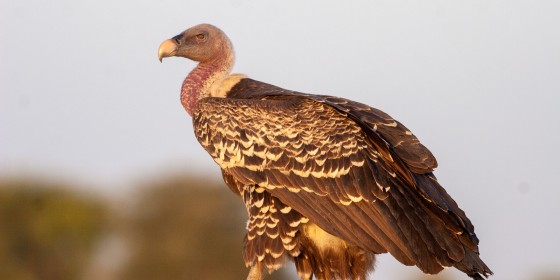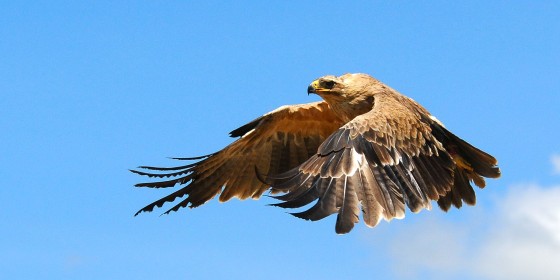Africa has one of the highest numbers of raptor species in the world, second only to the continent of Asia. African birds of prey can be found within all habitat types including grasslands, savannas, tropical forest, deserts, riparian areas, and urban areas. Raptors play a crucial role in maintaining healthy ecosystems and provide many vital benefits to the environment, human health, and economies. Across Africa, these birds of prey are facing many important threats including poisoning, habitat loss, electrocution on power lines, collisions at wind farms, and persecution.

Ralph Buij
Rüppell's Vulture

Munir Virani
Hooded Vulture

Ralph Buij
Lappet-faced Vulture

Dany Chan
White-backed Vulture

Ralph Buij
Martial Eagle

Ralph Buij
Steppe Eagle

Marian Herz
Bateleur

Ralph Buij
Secretarybird

Munir Virani
Tawny Eagle

Photo by Don-Jean Leandri-Breton; licensed under CC BY-NC 4.0
Cape Eagle-owl

Ralph Buij
Wahlberg's Eagle

Ralph Buij






